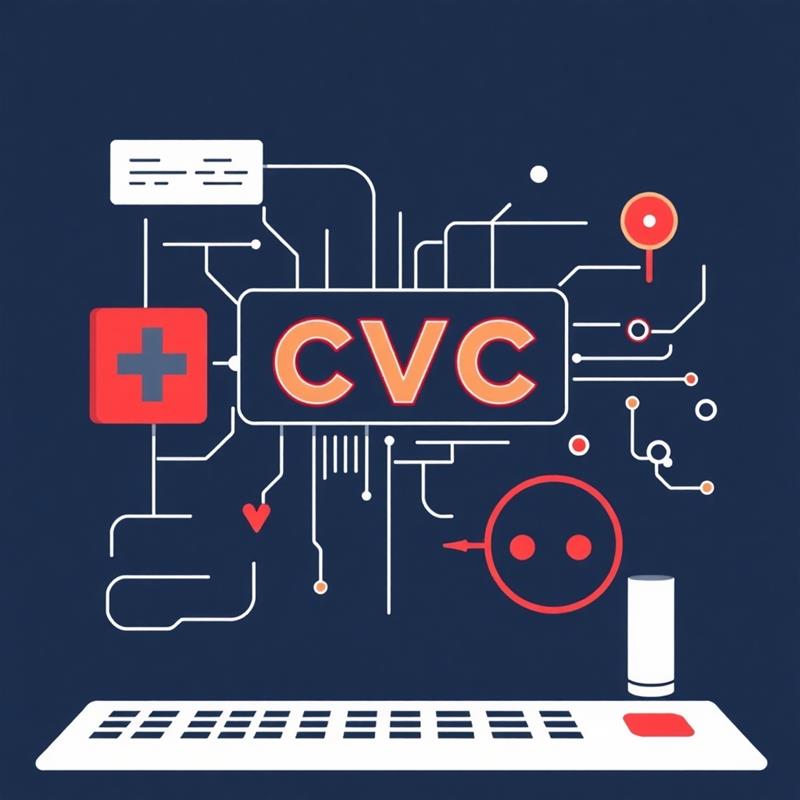What Is Version Control?
It’s especially useful when:• Multiple people are working on the same project
• You want to go back to an earlier version
• You need to see who made what changes and when
->With version control, you can avoid losing work, fix mistakes easily, and collaborate better with your team.
“If you cannot do great things, do small things in a great way.”
✍️ Version Control Interpretation:
"Make small commits. Each one matters."
Types of Version Control Systems
There are two main types of version control systems:
1. Centralized Version Control (CVC)

In a centralized version control system, all the project files are stored on one main computer called a server. Everyone on the team connects to this server to get the latest files or to save their changes. If the server is down, no one can make updates or get the newest version.
Common Centralized Tools:
• Subversion (SVN)
• Helix Core
2. Distributed Version Control (DVC)

In a distributed version control system, everyone has their own full copy of the project, including all the previous changes. You can work on your files without being connected to the internet and share your updates with others later when you're back online.
Common Distributed Tools:
• Git
• Perforce
• Mercurial
Distributed systems are more flexible and popular in modern development.
What’s Next?
In our next blog, we’ll take a closer look at Git, the most widely used version control system today. Stay tuned!
